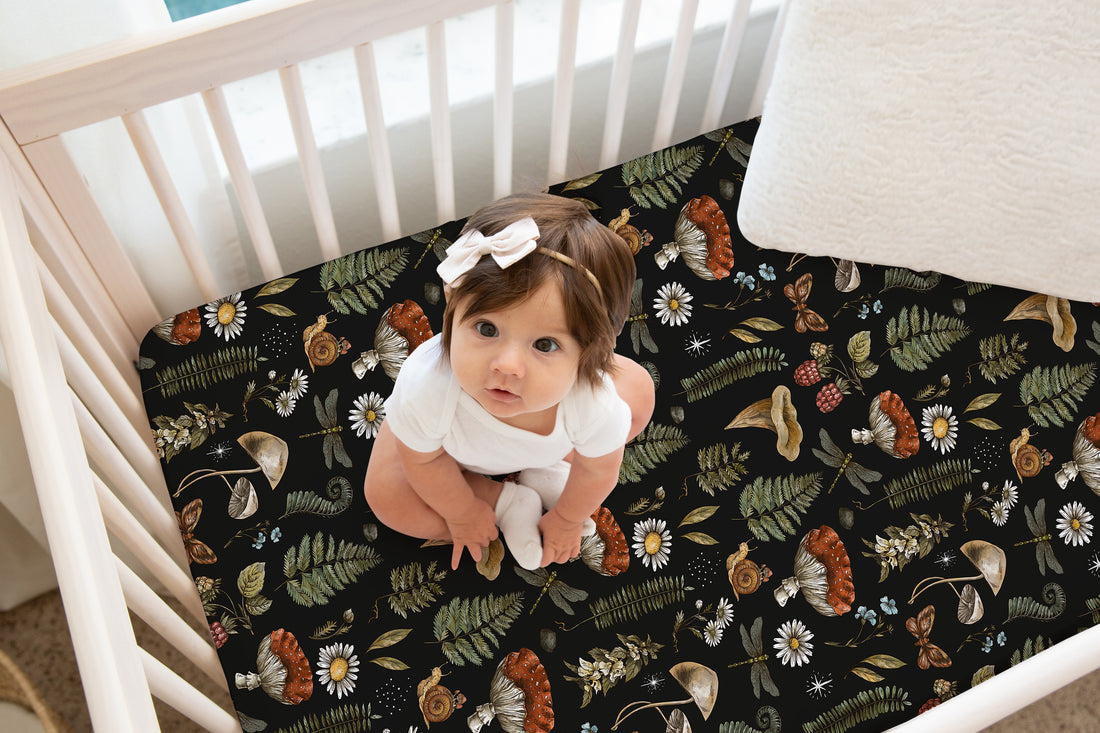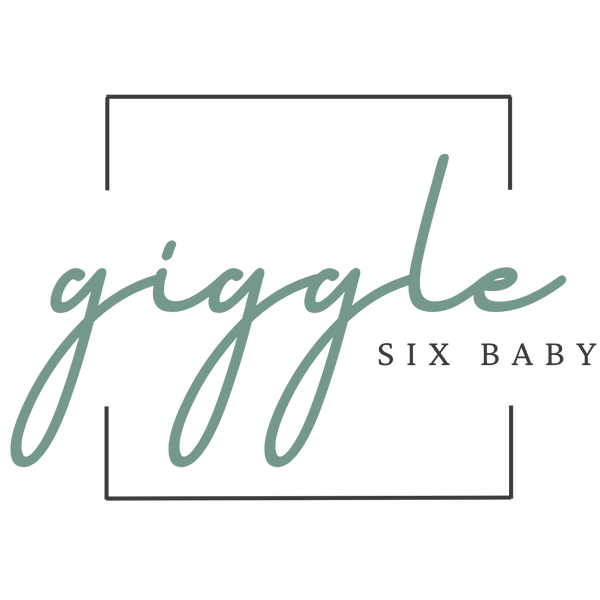
Baby Nursery Safety: Creating a Safe Haven for Your Little One
Welcoming a new baby into your home is an exciting time filled with anticipation and joy. As you prepare the nursery, ensuring the safety of this special space becomes a top priority. A safe nursery not only provides a secure environment for your baby but also gives you peace of mind. Here, we'll delve into key aspects of baby nursery safety, covering everything from furniture placement to choosing the right toys.
1. Safe Sleeping Environment
The crib is the heart of the nursery, and its safety is paramount. Here's how to ensure your baby's crib is a safe sleeping environment:
- Choose a Crib Wisely: Opt for a crib that meets current safety standards. It should have a firm mattress that fits snugly, with no more than two fingers of space between the mattress and the crib sides.
- Proper Assembly: Follow the manufacturer's instructions carefully when assembling the crib. Regularly check that all screws and bolts are tight to prevent it from becoming wobbly.
- Avoid Clutter: Keep the crib free of pillows, large stuffed animals, and heavy blankets to reduce the risk of suffocation and Sudden Infant Death Syndrome (SIDS).
2. Secure Furniture and Decor
Furniture and decor must be both functional and safe. Here are some tips:
- Anchor Furniture: Secure dressers, changing tables, and bookshelves to the wall to prevent them from tipping over onto your child.
- Window Safety: Install window guards or locks to prevent falls, and ensure that cribs and other furniture are placed away from windows.
- Cord Management: Keep cords from blinds or electrical appliances out of reach to avoid strangulation hazards.

3. Safe Toys and Accessories
While toys and accessories add fun and stimulation to the nursery, safety should be your guiding principle:
- Age-Appropriate Toys: Choose toys that are suitable for your baby's age and developmental stage to prevent choking hazards.
- Regular Inspection: Check toys regularly for sharp edges, loose parts, or any damage that could pose a risk.
4. Healthy Environment
Maintaining a healthy environment is essential for your baby’s well-being:
- Air Quality: Use an air purifier if needed and ensure good ventilation to keep the nursery air fresh and free of pollutants.
- Non-toxic Materials: Opt for paints, furniture, and bedding made from non-toxic materials to avoid exposure to harmful chemicals.
5. Electrical Safety
Electrical outlets, wires, and gadgets require careful attention:
- Outlet Covers: Use safety covers on all electrical outlets to prevent your baby from sticking fingers or objects into them.
- Secure Wires: Keep lamp cords, chargers, and other electrical wires out of reach and securely fastened to avoid tripping or strangulation hazards.
6. Regular Checks and Updates
As your baby grows, their needs and abilities will change. Regularly re-evaluate the nursery for potential hazards and make necessary adjustments to maintain safety.
Creating a safe nursery is a process that involves careful planning, vigilance, and ongoing adjustments. By following these guidelines, you can create a secure and loving environment where your baby can grow and thrive. Remember, the most important aspect of nursery safety is supervision; always keep an eye on your little one and enjoy the precious moments of their early years with peace of mind.

